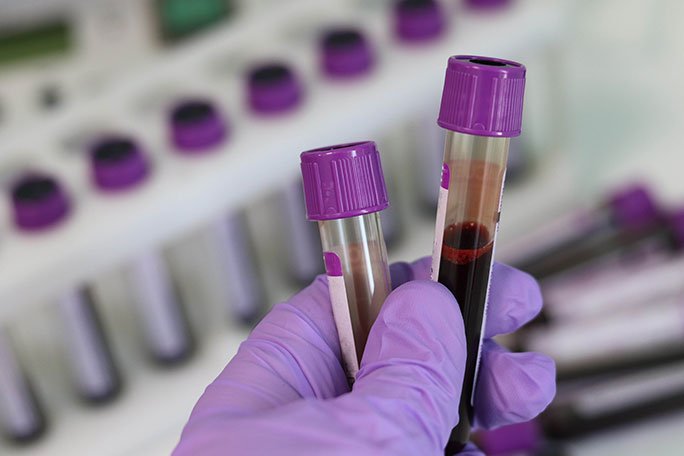Innovative Strategies for Ensuring Adequate Supply and Equipment Availability Amid Nursing Staff Shortages in US Hospitals
Summary
- Hospitals in the United States are implementing various strategies to ensure adequate supply and equipment availability despite nursing staff shortages in healthcare facilities.
- From leveraging technology to optimizing inventory management, hospitals are finding innovative solutions to address the challenges posed by nursing staff shortages.
- Collaboration between hospital administrators, Supply Chain managers, and Healthcare Providers is crucial in ensuring that patients receive the care they need, even in the face of staffing shortages.
Introduction
As hospitals in the United States continue to face nursing staff shortages, ensuring adequate supply and equipment availability has become a top priority. Without enough nurses to care for patients, healthcare facilities must find ways to optimize resources and streamline processes to maintain quality care. In this article, we will explore how hospitals are tackling the issue of supply and equipment management amid nursing staff shortages.
Leveraging Technology
One of the key strategies hospitals are using to overcome supply and equipment challenges in the face of nursing staff shortages is leveraging technology. By implementing inventory management systems and automated Supply Chain solutions, hospitals can better track and manage their resources. This not only helps ensure that supplies are readily available when needed but also reduces waste and costs associated with overstocking or understocking.
Benefits of Technology
- Improved inventory control
- Real-time tracking of supplies
- Reduced risk of stockouts
- Enhanced efficiency in Supply Chain management
Optimizing Inventory Management
In addition to leveraging technology, hospitals are also focusing on optimizing their inventory management processes. This includes conducting regular audits of supplies, implementing just-in-time inventory systems, and establishing clear protocols for ordering and restocking supplies. By streamlining these processes, hospitals can better manage their resources and ensure that they have the necessary supplies on hand, even during staff shortages.
Best Practices in Inventory Management
- Regular inventory audits
- Use of RFID technology for tracking supplies
- Collaboration between Supply Chain managers and Healthcare Providers
- Establishment of par levels for essential supplies
Collaboration between Hospital Administrators and Healthcare Providers
Perhaps the most critical aspect of ensuring adequate supply and equipment availability amid nursing staff shortages is collaboration between hospital administrators, Supply Chain managers, and Healthcare Providers. By working together, these key stakeholders can develop strategies and protocols that address the unique challenges posed by staff shortages and ensure that patients receive the care they need.
Effective Communication and Planning
- Regular meetings between hospital administrators and Supply Chain managers
- Input from Healthcare Providers on supply and equipment needs
- Emergency response protocols for supply shortages
- Training programs for staff on efficient supply management
Conclusion
While nursing staff shortages present significant challenges for hospitals in the United States, innovative strategies in supply and equipment management are helping healthcare facilities overcome these obstacles. By leveraging technology, optimizing inventory management, and fostering collaboration between key stakeholders, hospitals can ensure that they have the necessary resources to provide quality care to patients, even in the face of staffing shortages.

Disclaimer: The content provided on this blog is for informational purposes only, reflecting the personal opinions and insights of the author(s) on the topics. The information provided should not be used for diagnosing or treating a health problem or disease, and those seeking personal medical advice should consult with a licensed physician. Always seek the advice of your doctor or other qualified health provider regarding a medical condition. Never disregard professional medical advice or delay in seeking it because of something you have read on this website. If you think you may have a medical emergency, call 911 or go to the nearest emergency room immediately. No physician-patient relationship is created by this web site or its use. No contributors to this web site make any representations, express or implied, with respect to the information provided herein or to its use. While we strive to share accurate and up-to-date information, we cannot guarantee the completeness, reliability, or accuracy of the content. The blog may also include links to external websites and resources for the convenience of our readers. Please note that linking to other sites does not imply endorsement of their content, practices, or services by us. Readers should use their discretion and judgment while exploring any external links and resources mentioned on this blog.
